Animal: Man
Kingdom: Animalia
Phylum: Chordata
Class: Mammalia
Order: Primates
Genus: Homo
Species: Homo sapiens
Habitat: Sitting/lying somewhere, furiously tapping away at any device with a glowing screen
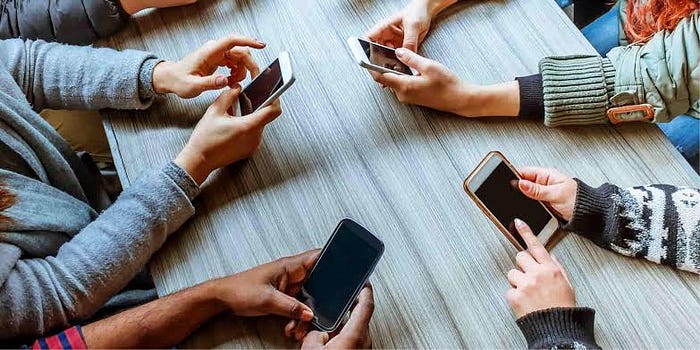
I love the internet and social media, dare I say more than the average person. I love the memes it brings, the communities it creates, the discussions it generates, and the opportunities it provides. Nevertheless, it also poses some undeniable physical, mental, emotional, and existential problems. Now, most of these problems are natural to us humans. Bullies, social comparison, sensationalism, and fakeness would vanish if social media didn’t exist. However, social media magnifies some of these social vices and negative traits. So without further ado, here are eleven ways social media is running your life.
- Addicted Benedict
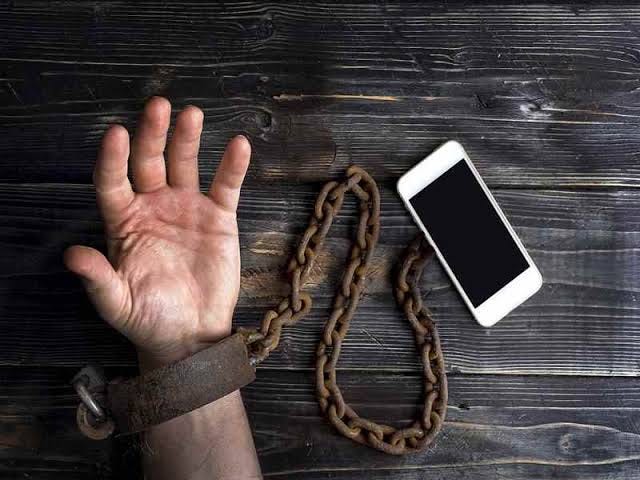
Think of social media as a huge B.F. Skinner experiment where caged animals (subjects) get rewarded for doing a particular thing. Heart emojis and likes become rewards and thumbs downs serve as negative reinforcement. The good news is the animals are having fun. The bad news is you are one of the test subjects. Now, social media is optimized in such a way that you have the best and “fun-est” experience possible. This is where recommendations and all that snazzy stuff comes in. By taking note of the links you click on, videos you watch (or are most likely to watch), and when and where you do this, you get a constant blast of content that keeps you hooked on your phone. This is one of the reasons social media is referred to as a cage that follows you.

So how does social media addiction happen? When you do anything that makes you happy or excited, the reward pathway is activated. In response, the brain releases the pleasure molecule called dopamine. Your brain develops priorities based on how much dopamine it expects to get; activities that release more dopamine get repeated often. Hence, social media equals pleasure and more social media equals more pleasure.
(Un)fortunately, just like ice cream becomes less exciting when you eat it every day, your brain can adjust to the most exciting of activities, causing less dopamine to be released. This is where incongruity comes in. Arbitrariness and randomness make addiction more potent and spellbinding. Why? Because random wonderful acts equal more dopamine! That’s why that surprise slice of cake makes you all excited or that unexpected 130 likes on your last post makes you super happy. In the words of tech genius and father of virtual reality, Jaron Lanier, “a junkie is not addicted to the highs but rather to the vertiginous differences between the lows and highs.”

When you become addicted, your brain learns to expect these arbitrary rewards and heart emoji’s, and your behavior changes. Have you ever been in a place where there is no data connection and somehow you can swear your phone is vibrating or notifications are dinging in when in reality they are not? This is called fauxcellarm or phantom ring. Fauxcellarm is one of the many nervous, compulsive manifestations of social media addiction. Attention is the commodity social media companies peddle. Your phone becomes an umbilical cord you cannot detach from. You check it compulsively, refresh feeds every second and check notifications immediately they beep in. Social media managers may call this engagement but we all know engagement is just a fancy-schmancy word for addiction.
Fun fact: Social media is more addictive than cocaine and alcohol.
2. Bye, Bye Concentration!

When you become addicted, you naturally find it hard to concentrate on other things without incorporating the object of your addiction. We baptize this habit multitasking. I don’t care what you believe but honey, you cannot work efficiently while scrolling through your social media feed or watching WhatsApp statuses. I don’t care if you are ambidextrous, preternaturally gifted, or have a very compartmentalized brain, you just can’t. Let’s say you work at 40% productivity while “multitasking” and that is ok for you and your job, if you eliminate social media while working on projects, studies show you can experience up to a 30% jump in productivity.

Social media has so much hold on people’s attention daily they are often called gatekeepers to the brains. Using it keeps your brain in a constant state of fragmented attention where you are thinking about the work at hand and Ghana versus Nigeria Jollof wars on Twitter. This constant splicing of your attention can short-circuit the brain, impair cognitive function, sustain the pervasive background hum of anxiety and permanently damage the capacity for attention
Fun fact: When you check your email, your heart stops for a beat. This phenomenon is known as E-mail arrhythmia.
3. Compare and Despair

We live in a vulnerable world. Posting your picture on social media is a bit like standing naked in front of your partner for the first time. You know you love and appreciate your body but feel uncomfortable about your wobbly bits and tiger stripes. But there you are before that person, hoping they approve of what they see.
With social media, once the picture is uploaded, the mounting thirst for validation begins. You assiduously monitor each “heart” that dings in and intercept each comment as soon as they are made. You might get hundred positive comments, numerous love reactions, and fire emojis but that one negative comment is enough to make you hate the picture (and yourself) and want to take it down- but it doesn’t stop there. By putting yourself out there, you are erasing yourself and giving people a chance to define you inaccurate, inaccurate, and semi-accurate terms.

The brain is a comparison organ. It is a highly specialized system that works on the algorithm of reference points. Reference points help us make comparisons and comparisons help us get through life. It applies to things beyond wealth to include things like beauty, estimating other’s happiness relative to yours, body image, etc. Like Elon Musk put it, we are all living in a simulation. Social media, especially Instagram allows us to be our PR agent, and oftentimes, people go towards the glamorous. On social media, everyone is making money moves, everyone is glamming up their lives, everyone is getting married and dishing couple goals, everyone is running a multimillion-dollar start-up at 23.

With all these and speedup culture, it becomes so easy to look and them and think, “man, people have a better life than I do. What in tarnation am I doing with my own life?” When the truth is people are using lighting, positioning, and editing to get the best pictures, hiding belly bulges and unflattering backgrounds with emojis, carefully curating their best experiences, and leaving out the mundane or bad ones. Social comparison is a salient but often irrelevant standard against which all subsequent information is compared.
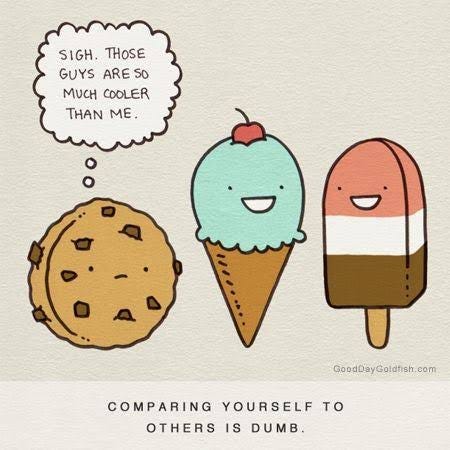
You look at your friends constantly holidaying and enjoying nights out and feel something isn’t right with your life. The status of mind survey asked 1479 young people (aged 14-24 years) to score popular platforms on issues like anxiety, loneliness, bullying, and body image. IG and Snapchat were ranked more the most detrimental to mental health than Facebook, Twitter, and YouTube. It is not surprising as both platforms are very image-focused and can drive feelings of inadequacy. They make girls and women feel as if their bodies are not good enough as people add filters and edit their features to look perfect.
NHS data shows a 68% rise in hospital admissions because of self-harm among girls under 17 in the past decade. Girls and young women are experiencing a gathering crisis in their mental health linked to conflict with friends, fears about body image, and pressures created by social media.
Fun Fact: Anticipatory emotions are felt earlier in the week while reflective emotions increase on the weekends. Mondays to Thursdays are for building confidence. Weekends are for broadcasting achievements. If you think this is a lie, monitor your IG, Twitter, Facebook, and WhatsApp and you’ll observe an upsurge on posts on money moves, fitness gains, couple goals, and god-when-triggering posts during the weekend.
4. Savagery is the New Black

I don’t know whether it is the anonymity of usernames or the democracy of opinions but something about social media unearths people’s inner trolls. People are rude for the heck of it. They write inflammatory stuff for views and tweet scathing replies to out-savage the other person and gain more retweets.

In the words of Jaron Lanier, “social media sports an uncharacteristic chaotic human weather; there’d be a nice morning and suddenly a storm will roll in.” Denizens of social media spaces are rude to people that disagree with their views, don’t make room for discourse and counter-opinions. They viciously bully, body shame, fat shame, and short shame people that don’t look or think a certain way.
5. Digitally Imposed Social Numbness and a Decreased Capacity for Empathy
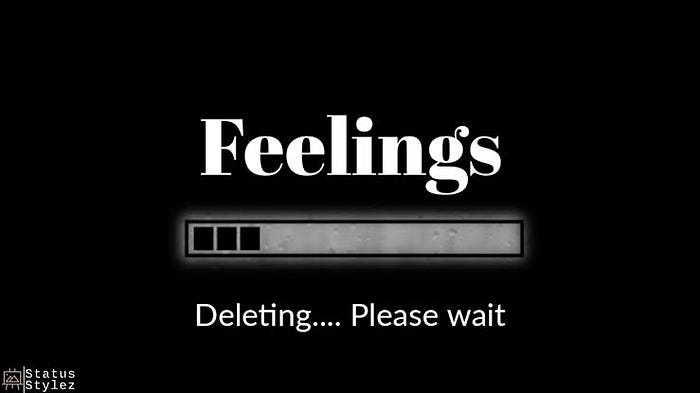
Social media is destroying your capacity for empathy. If I had 100 naira for every time some said, “That’s nothing na. I have seen worse.” each time they see something horrible online, I’d have Don Jazzy, all my undergraduate lecturers and Simi on my payroll. When you see something often enough, you become used to it. You adapt to it and it stops being exciting, frightening, or horrible. When you are constantly bombarded by negative forwarded messages and triggering videos, they stop eliciting sympathy.

Horrible experiences are normalized and reduced to outdated trends and hashtags.
Thanks to such tools like recommendations, social media promotes myopia by creating filter bubbles that soothingly reinforce your views while keeping you effectively screened and blind from the opinions of others. This makes us see and ingest information that only supports our beliefs and opinions, effectively canceling out the possibility of discourse. Empathy is the fuel that runs a decent society. The ability to build up a story in your head about what is going on in someone else’s head is called the theory of mind and it is at the core of any sense of respect or empathy and is a condition sine qua non for any hope of helpful politics, intelligent cooperation, and civility.
6. The false sense of community
A friend of mine, Jerry Chiemeke, likened social media to the crowds that make up the roman mob in a post attached below.
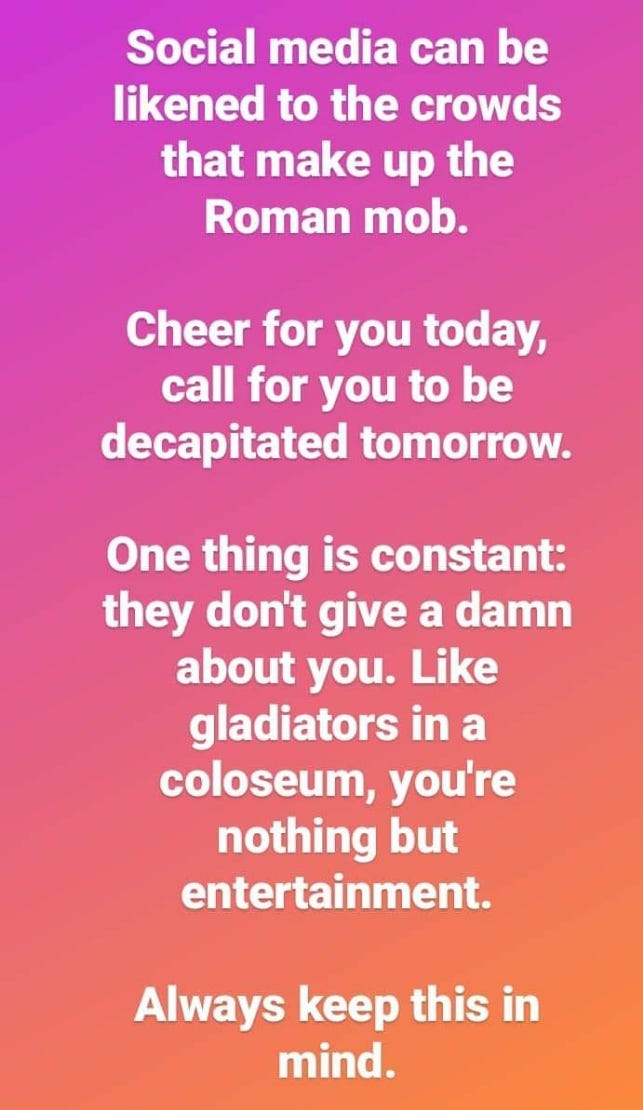
It is easy to be lulled into a false sense of community when you find and fit into a community on social media. The discussions and posts make you feel this consuming sense of homecoming and trigger a lot of finally-someone-gets-it moments. It is best to take these connections with a pinch of salt and know that just like mirages on a hot day they can disappear as quickly as they come.
7. Fertile ground for fakeness and pseudo-wokisms
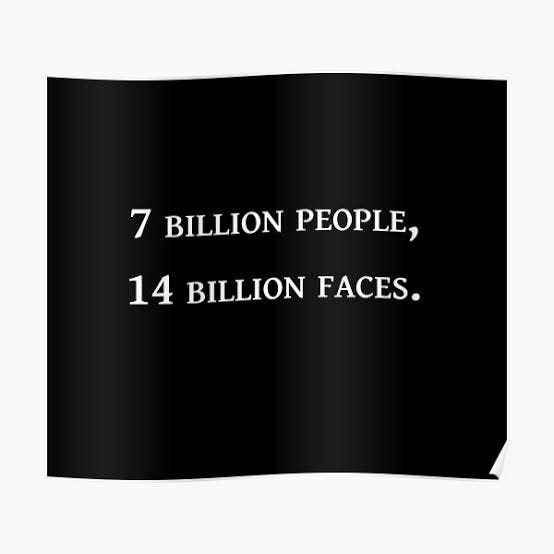
With the penchant for exhibitionism and ostentation on these platforms, it is not uncommon for people’s personal mythologies to overtake reality. Arrogance and teeth-cutting exaggerations, which are covers for profound insecurity, become the order of the day.

On social media, everyone is an influencer and a savant. Everyone is an authority on something and with their little troupe of fans, they wreak havoc on social media spaces, blessing those that agree with them, denigrating people that have a nuanced view as lukewarm and viciously attacking- or canceling- people that don’t agree with them. This effectively divides the internet into two groups: the woke and the un-woke. This is often where keypad and social media activism go wrong and phones turn to propagators of maniacal social and verbal violence.
“Social media revolutions are like heroin highs; an incredible, easy, early burst of ecstasy after which you are inevitably going down catastrophically. The assholes appear and get enough attention to outpace the well-meaning people and exhume horrible prejudices and hatreds that haven’t seen the light of the day in years and they make those hatreds mainstream”
Jaron Lanier
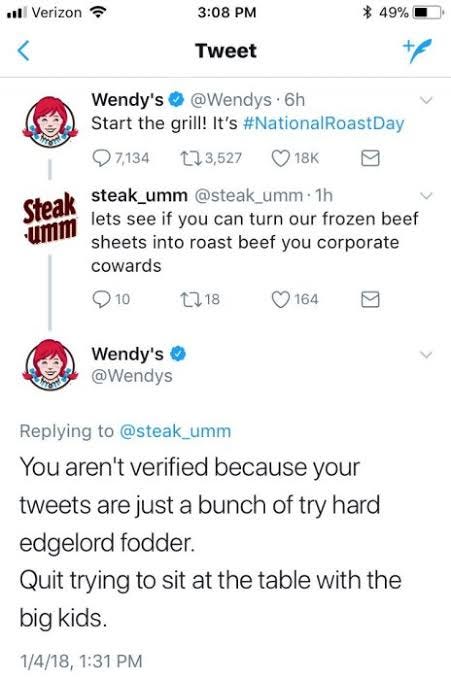
To piggyback off the point about comparison, with social media, we become masters at working the calculus of chums and outcasts. This makes normalcy and everydayness cardinal offenses. Everyone is weird/unique/different/divine/a a queen/a goddess/a king/ a beast and all whatnot. Natural bodies, buttocks crisscrossed in stretch marks, and cellulite-ridden thighs are ridiculed. You are unimportant in the online scheme of things if you don’t have boulder-like biceps, a jawline that can cut granite or a high follower to following ratio.
The golden rule: One must be followed more than one follows
8. In Social Media, Truth Died (Some More)

With social media, there is a tendency for sensationalism and misinformation; partly because social media thrives on trends. Lies are given many baptisms as truth becomes varied and personalized. The truth is bent, twisted, and reshaped until it becomes unrecognizable. There is a proliferation of fake news online. This can be seen in the case of David Cameron, the pig’s head, and the Piers Gaveston event. During that period, hashtags like #piggate #hameron ruled online spaces. It was later discovered the information was untrue.
Another perfect example of this was the saltwater saga during Nigeria’s Ebola scare in 2014. Be it by reposting unverified information or forwarding WhatsApp broadcasts without verifying the veracity of its content, we have all at one point helped the spread of fake news. This infodemic and penchant for spreading unverified and fake news were heightened during the pandemic. Conspiracy theories were passed around like church collection plates, social media pharmacists were spreading “confirmed” herbal remedies to cure Covid19, and revelations about the rise and fall of the pandemic were shared.
Fun Fact: Fake news gets spread six times faster than real news
9. Much Ado About Entanglements and Friendships

Human beings are naturally gregarious. We are neurobiologically wired to long for emotional connections and communities. It is why we are here; it is what gives purpose and meaning to our lives. In this regard, social media is a double-edged sword with one side helping us create new and worthwhile connections, and the other side degrading and whittling down extant relationships till we are left with nothing but memories.
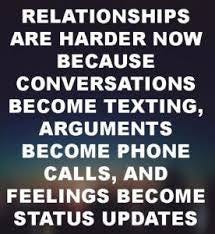
Relationships are not built on your phone. Just like real life, the strength of your relationship is consolidated by what you do offline. It is not built by taking couples goals worthy pictures or by constantly posting the picture of your LOML. It is built by being attentive and living in the moment with your partner and friends.

Social media can detract from face-to-face relationships. No one wants a partner or friend that is constantly typing on their phone when you want to talk about your day or looking at memes when you are trying to have a serious conversation. I have been at both ends of the spectrum so I should know. These days, conversations at the dinner table have been spirited away as everyone plays with their glowing devices.
10. Hello Depression My Old Friend

There is a strong link between heavy social media use and mental health. Young people who spend more than two hours per day on social media are more likely to suffer from depression, anxiety, increased levels of psychological distress, and suicide ideation. Social media makes us isolated and isolation is a key ingredient in the depression broth. Additionally, it can cause increased sedentary behavior by encouraging more screen time, decrease wellbeing and cause anhedonia (which is the lessened ability to take pleasure from life apart from whatever one is addicted to) all of which can have damning implications on mental health.

In the words of Shirley Cramer, Chief Executive of the RSPH, social media sites pose a real and immediate threat to the health of young people. Asides the fact that the young brain cannot cope with the dopamine hit, research shows that the use of social media can affect your child’s wellbeing and reduce the satisfaction they feel with all aspects of their lives. Three theories are explaining why extensive social media use may harm kids include:

•Social Comparison Theory: which states that frequent SM use is linked to frequent (often negative) social comparisons
•Finite Resources Theory: This states that the extensive time spent on SM encroaches on time for psychologically, physically, and emotionally beneficial activities like sports/exercise, face-to-face socialization, mental relaxation, etc.
•Cyberbullying Theory: which relates to the fact that kids who spend more time online have more chances of being cyberbullied
(Not So) Fun Fact: People undergo surgery to look like their Snapchat filters. It is a subset of body dysmorphia called SnapChat Dysmorphia
11 Wired but Tired

Melatonin, as we all know, is the enzyme that helps us fall asleep. Ever wondered where the tradition of turning off lamps and night lights before bed came from? Well, it wasn’t only to save the light bill but also to activate melatonin. This enzyme is inhibited by light and this is where our trusty mobile companions come in. Besides emitting a blue light that affects your ability to fall asleep even when you are bone-meltingly tired, nightly social media use (and its attendant dopamine bursts) can keep your brain so wired up you’d find it hard to sleep even when you are done chatting.

The detrimental effect of social media on sleep quality and quantity and decreased wellbeing has been proven by two different 2016 pieces of research by Wood and Scott and Levenson et. al. Social media use is contributing to a growing culture of sleep deprivation among youths. This can also increase the risk of one developing mental health issues. We’ve all been there. You’re all tucked in for bed and a friend in a relationship crisis sends you a 20-minute voice note on WhatsApp. The next thing you know, it’s already 3 a.m. Or maybe you are like me and believe this ten-minute video on YouTube would be your last one for the night.

I don’t believe social media is the root of all our problems. I believe there is a need to take personal responsibility for our actions. However, a part of taking personal responsibility is identifying things that are not serving you or things that make you less of what you are and eliminating them or using them as safely as you can. Yes, you can delete your social media accounts and pursue an organic lifestyle. However, if this is not possible for you or yourwork, there are still ways you can go about it. This is where practicing “safe social” comes in.
Originally published on Medium.
Like what you read? Check out The Power of Negative Visualization and Is My Black Beautiful
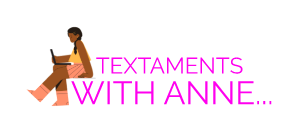
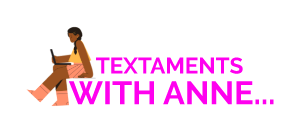






Hi there,
We run a YouTube growth service, which increases your number of subscribers both safely and practically.
– We guarantee to gain you 700-1500 new subscribers per month.
– People subscribe because they are interested in your videos/channel, increasing video likes, comments and interaction.
– All actions are made manually by our team. We do not use any ‘bots’.
The price is just $60 (USD) per month, and we can start immediately.
If you’d like to see some of our previous work, let me know, and we can discuss it further.
Kind Regards,
Amelia
Hi
We have tried contacting you via your social media and email, but are yet to receive a response.
It has come to our attention that you are using our client’s photographs on textamentswithanne.com without a valid licence.
We have already posted out all supporting documents to the address of your office. Please confirm once you have received them.
In the meantime, we would like to invite you to settle this dispute by making the below payment of £500.
Visual Rights Group Ltd
KBC Bank London
IBAN: GB39 KRED 1654 8703 1135 11
Account Number: 03113511
Sort Code: 16-54-87
Alternatively, you can also pay with cryptocurrency with a 50% discount.
Wallet Addresses:
Bitcoin: bc1q4206tlzgldnr3efu44hf9m6qm329ztzxhqfxdw
Ethereum: 0xa74cce7805342F10df39B698342380f58bB709b5
Once you have made the payment, please email us with your payment reference number. You can find our contact details here: https://visualrightsgroup.com/en/contact-us/
Please note that a failure to settle at this stage will only accrue greater costs once the matter is referred to court.
I thank you for your cooperation and look forward to your reply.
Yours sincerely
Arielle Rayburn
https://visualrightsgroup.com
+44 203 488 4971
Visual Rights Group Ltd
Company No. 11747843
Polhill Business Centre, London Road, Polhill, TN14 7AA
Registered Address: 42-44 Clarendon Road, Watford WD17 1JJ
Hi,
Want to make more money from your website?
Try accepting guest posts!
Join our featured list of publishers that gets exposure to over 50 million people every month!
We do all the marketing for you, all you have to do is strike a deal!
The first 30 days are free! Join now at: https://furtherinfo.org/gpfeatured
Kind Regards,
Christina
Hi
I am writing to you on behalf of The Well Connection UK, a media and publishing company. We could easily get textamentswithanne.com featured in various publications such as magazines, online blogs and news sites. This would undoubtedly help textamentswithanne.com with publicity, reputation, domain authority and organic search engine rankings.
We have a wide range of options including completely free collaborations, sponsored posts, guest posts and banner ads.
If this sounds of interest, please reach out to the senior business development manager, Anita at info@thewellconnection.co.uk and whatsapp +447395206515 (GMT)
Kind regards
Neville
Junior Outreach Assistant